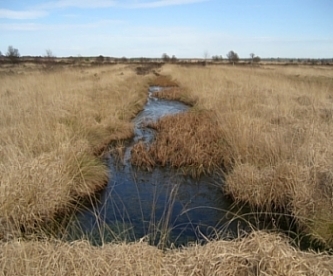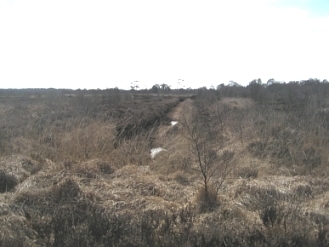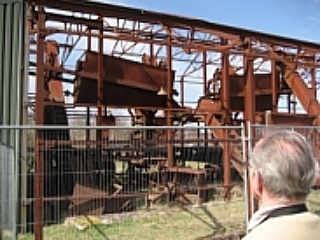 |
The border between English Maelor and Welsh Maelor (Wrexham and Shropshire today) comprises three peat bogs, Bettisfield Moss, Fenn's Moss and Whixall Moss.
Plants such as cotton sedge, bog moss and sphagnum, great hairy willowherb, water figwort, flag iris, cross-leaved heath, bog rosemary, cranberry and sundew thrive in this area.
In the low lying area, great thicknesses of peat have developed andthe 'turves' have been used as fuel and animal bedding.
The (Clwyd/Powys archeological website) notes that 'From the middle of the 19th century onwards the peat in Maelor Saesneg was used for a much wider variety of purposes,
being used in compressed form for a variety of metalworking and manufacturing processes, for the production of charcoal and for distillation, and being developed for use with munitions during both the First and Second World Wars
|


